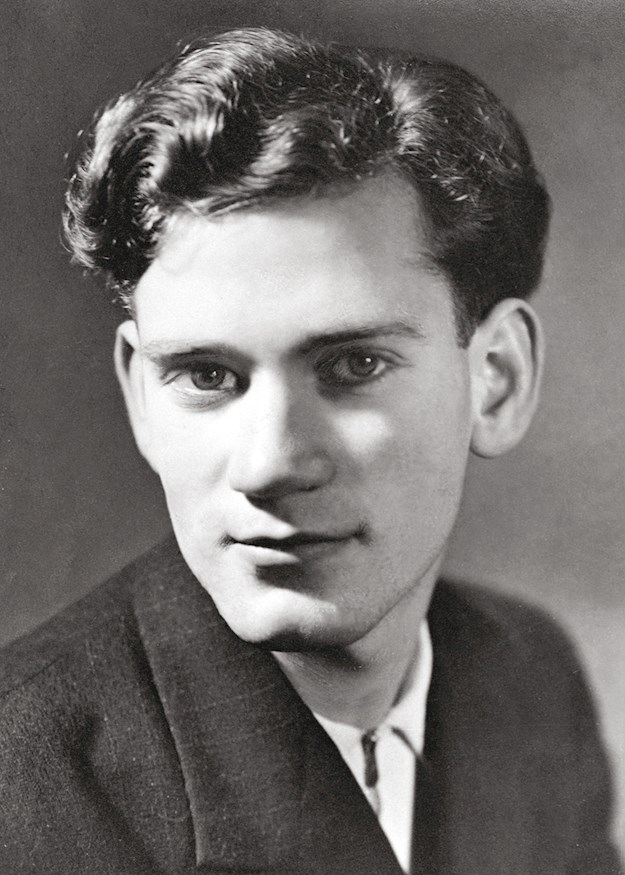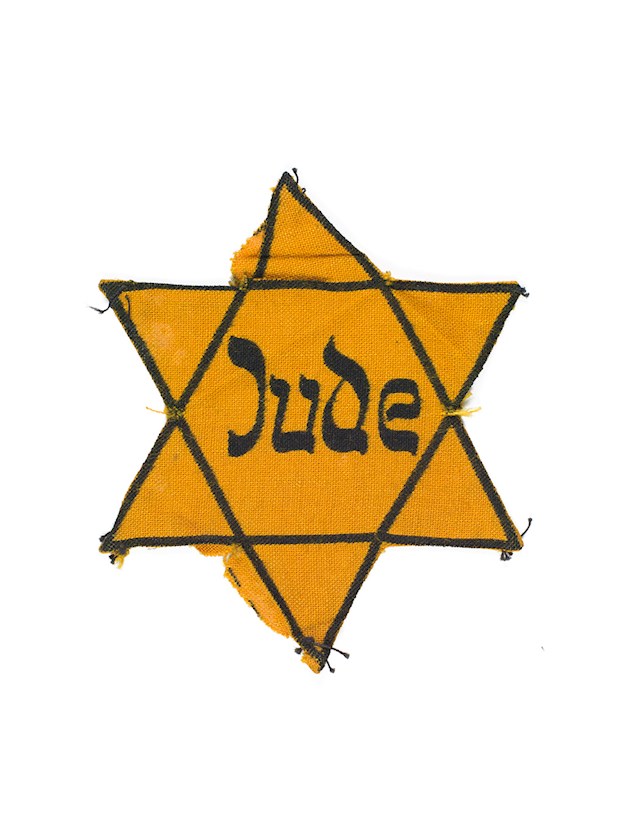Ralph Neumann grew up in Berlin as the son of Jewish parents. In early 1943, the then 16 year old Neumann eluded deportation to a concentration camp and went underground. Two weeks before the capitulation of Nazi Germany, he participated in an action of resistance in Berlin against the regime’s morale-boosting slogans.
Ralph Neumann was born in Berlin in 1926 as the youngest child of a Jewish family. In the autumn of 1942 he was deployed as a forced labourer at the Osram lightbulb factory. His family went underground in February 1943 to avoid imminent deportation.
Constantly changing lodgings in Berlin and Brandenburg and the fear of discovery marked this period. In February 1945 he was identified as a Jew during a police control in Berlin and transferred to the Gestapo. He was interrogated and tortured. Before he could be deported, he managed to flee during an air raid in late March 1945. He went underground again. After two weeks he found refuge with the journalist Ruth Andreas-Friedrich in Berlin.
She had built up a network to help people forced to flee, providing them with lodging, ration cards and false papers. The group was called Onkel Emil (Uncle Emil) after their warning cry. To protest against the Nazi appeal for fierce resistance to Soviet soldiers, on the night of 18 April 1945 Uncle Emil painted the word Nein (NO) in large letters on train stations and building façades. Ralph Neumann also participated in this action.
Two weeks later the war was over in Berlin. Ralph Neumann later recalled: We wanted “to shout to the world that we were again free. We hugged and kissed and danced around… Our new-found freedom was emotionally overwhelming; but joy was also mixed with great sadness. The reality of the loss of our mother, brother, and other relatives came to the forefront. The report that millions were killed in the holocaust was devastating news.”


